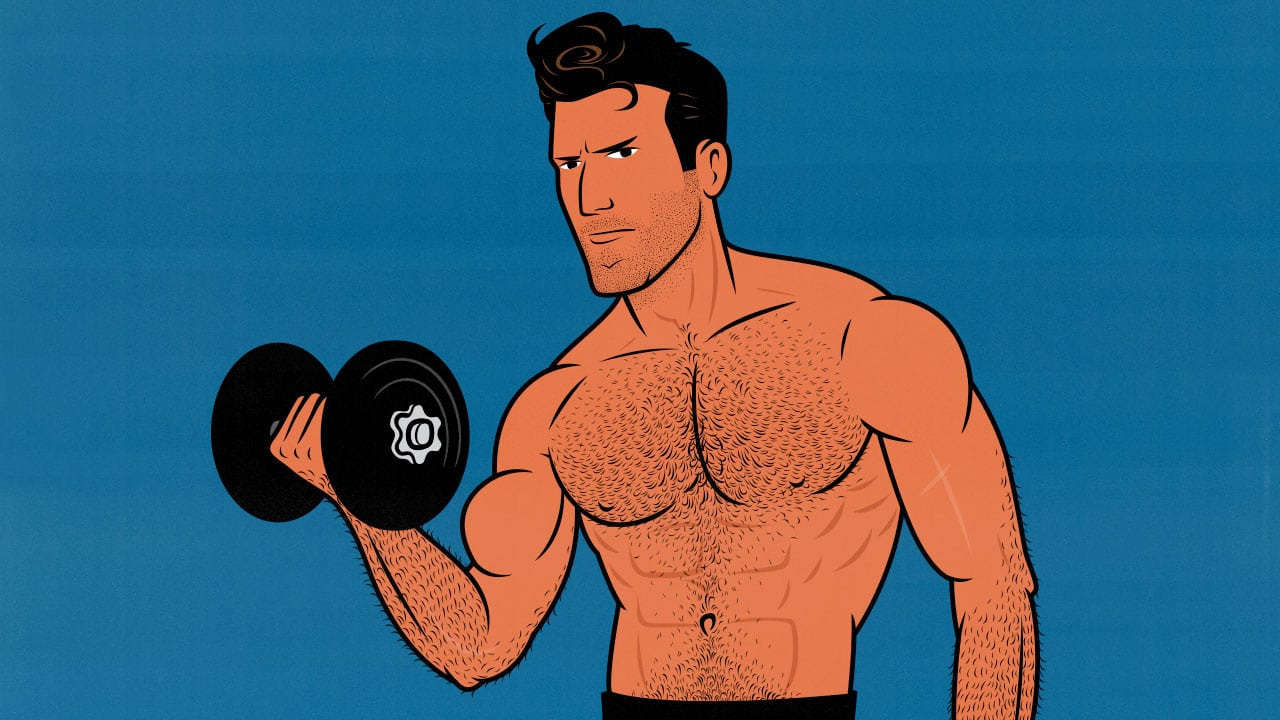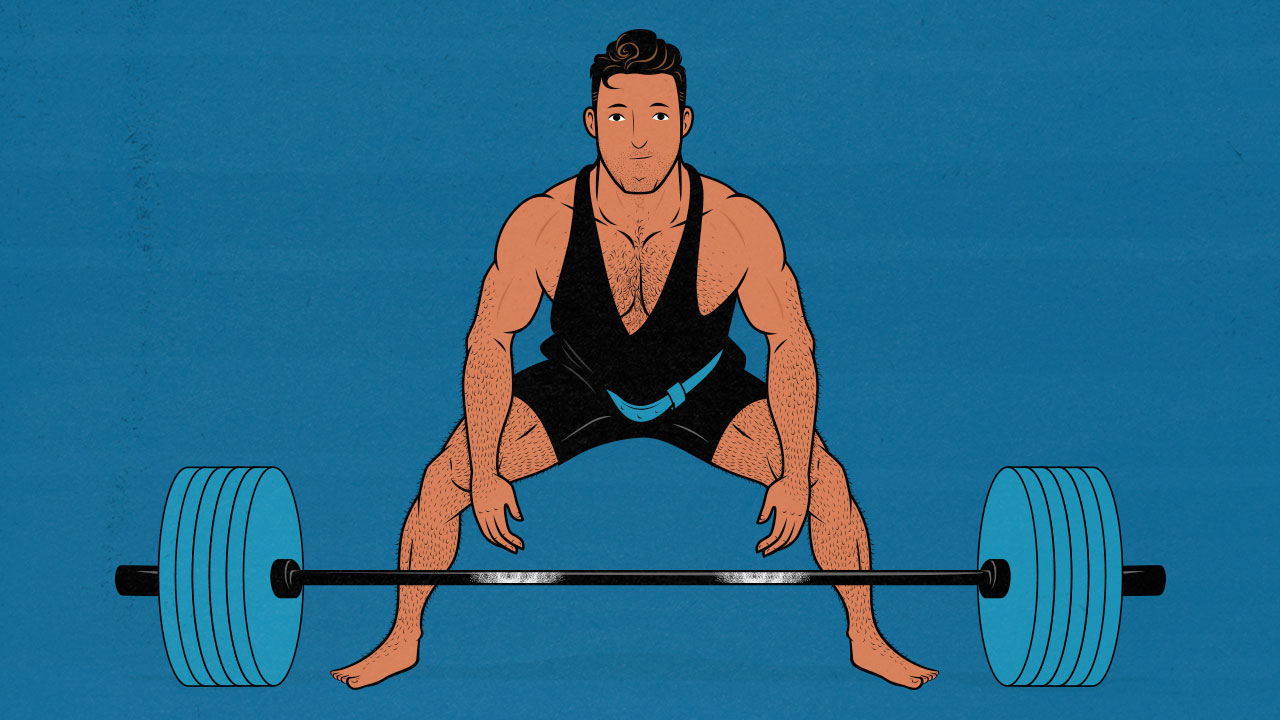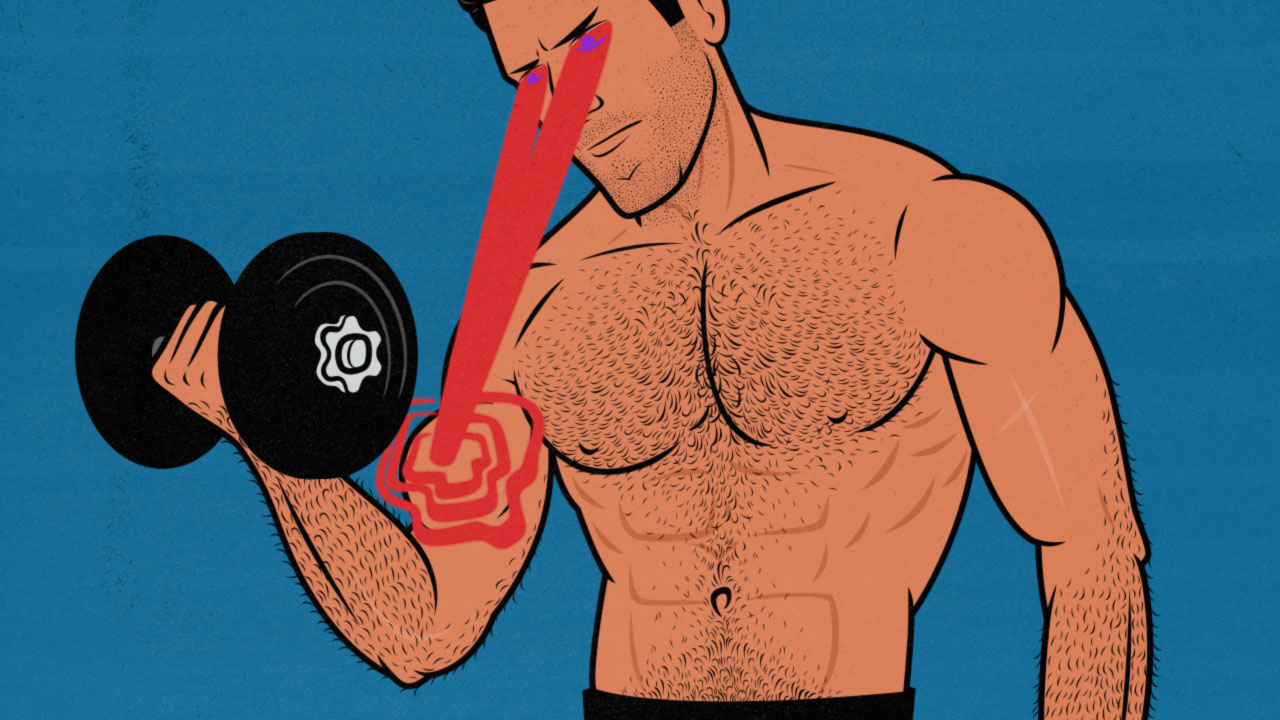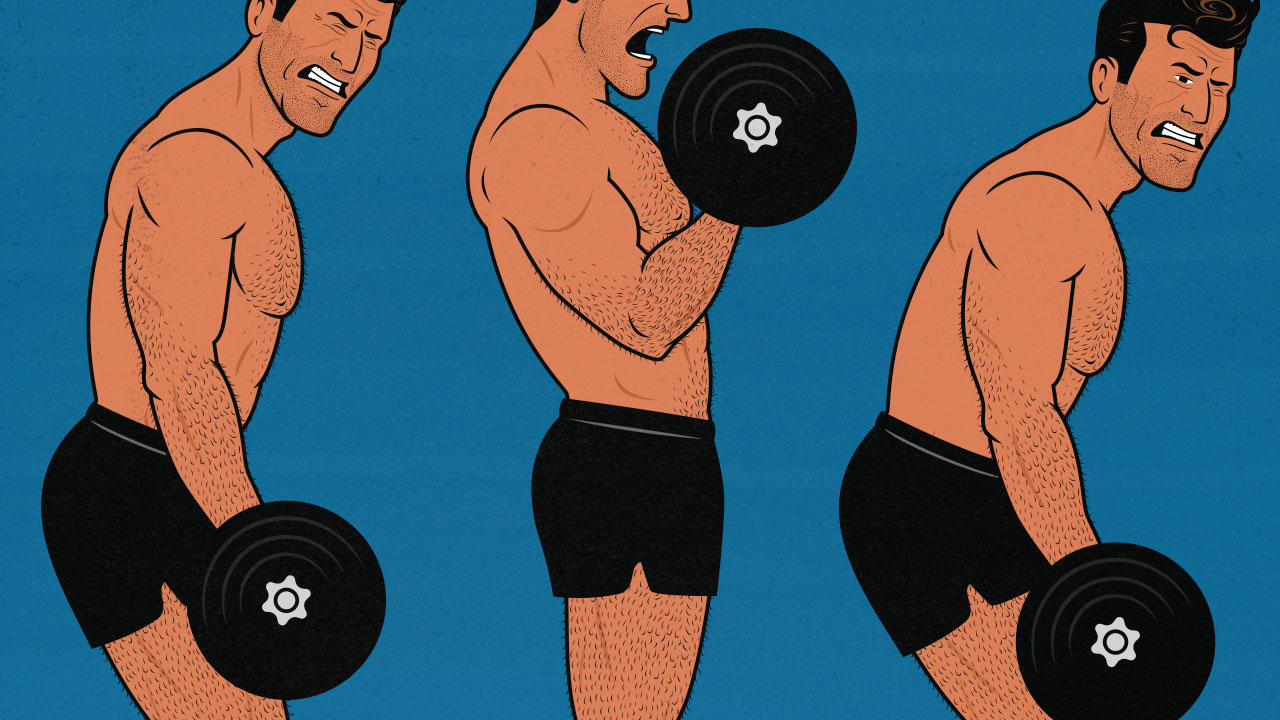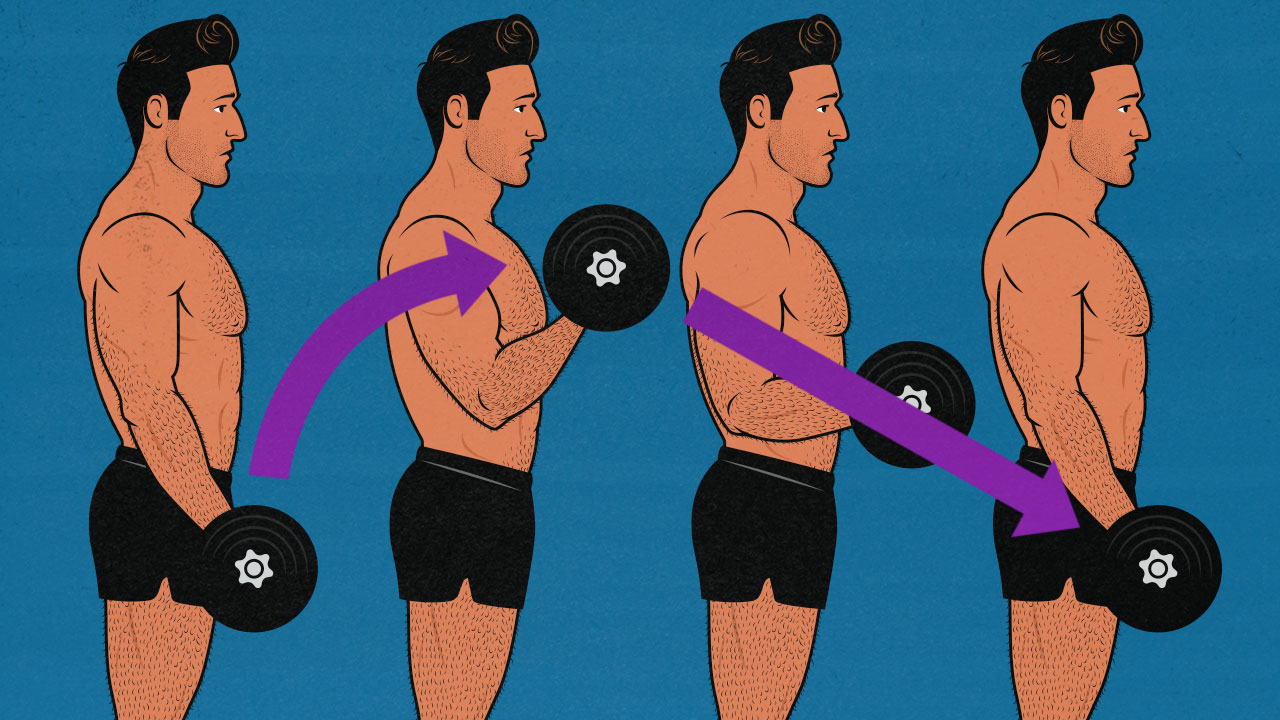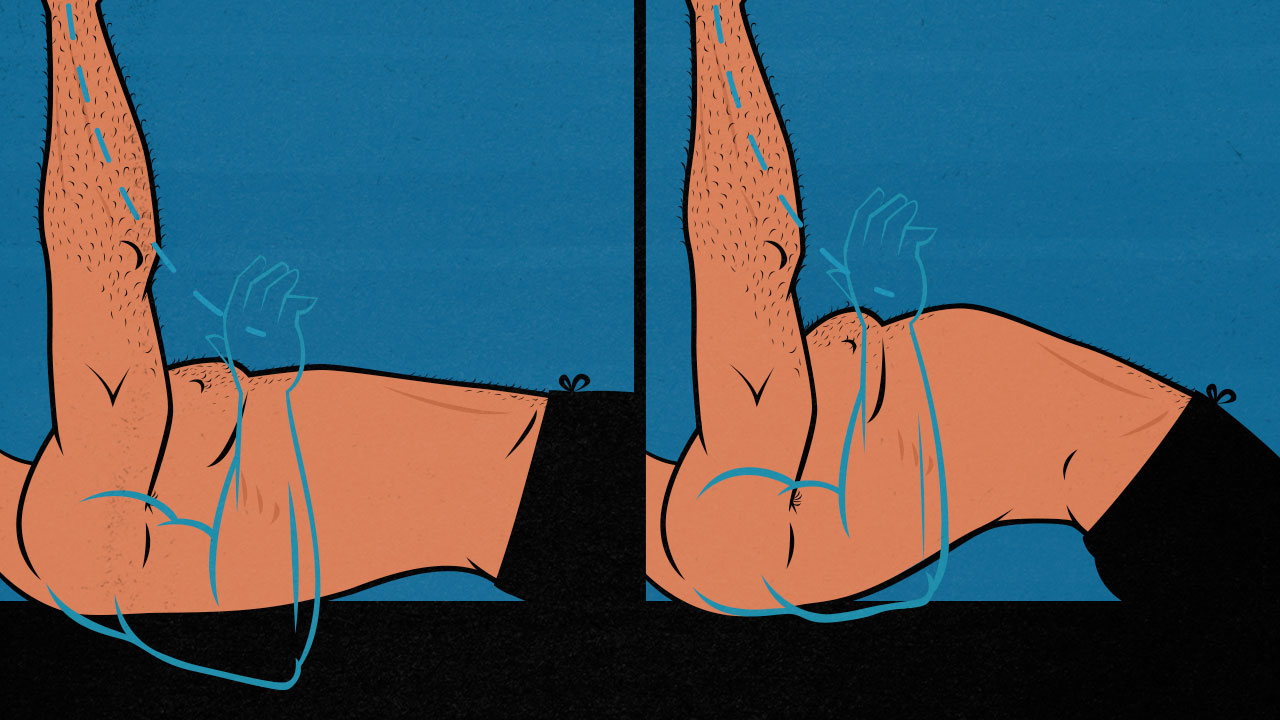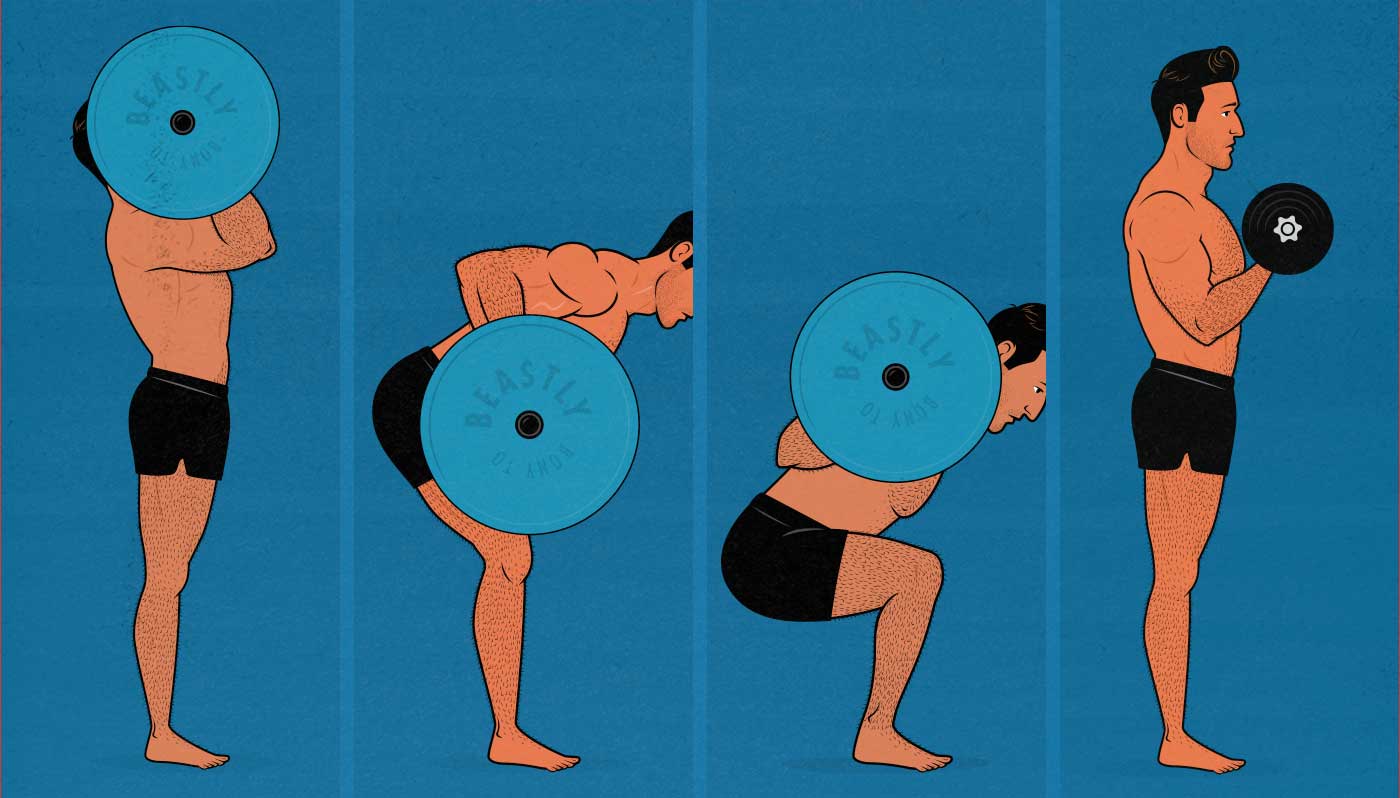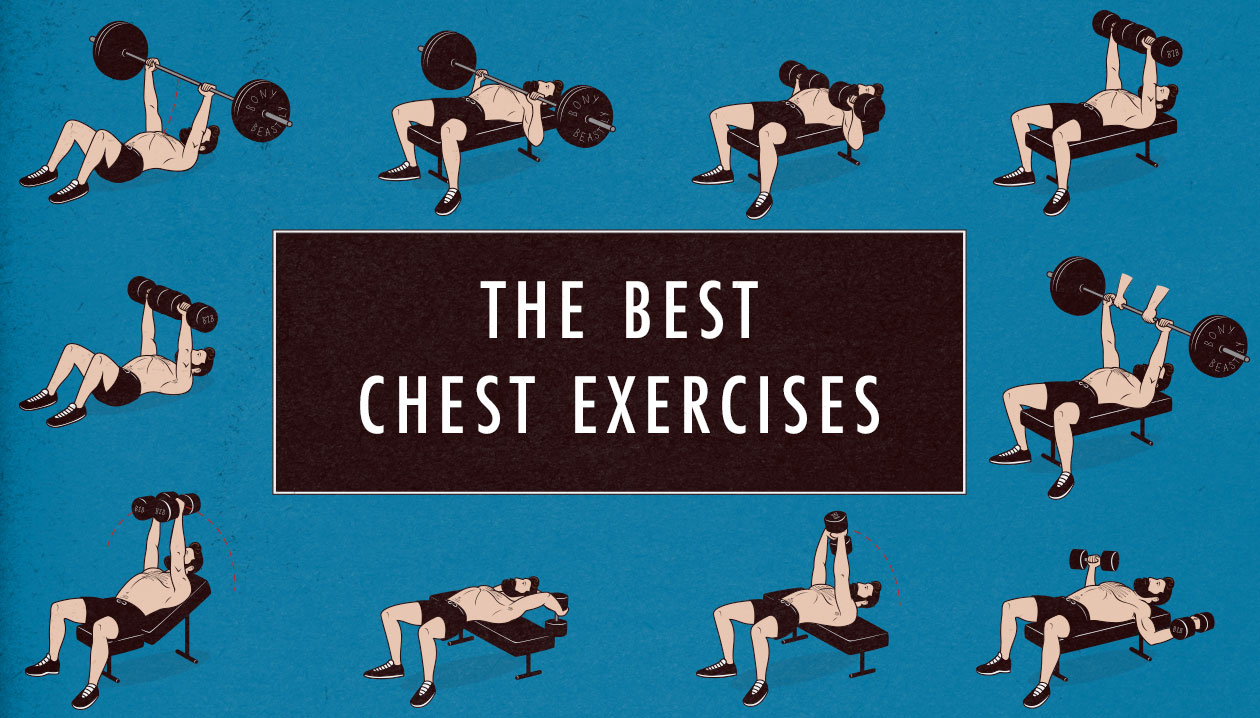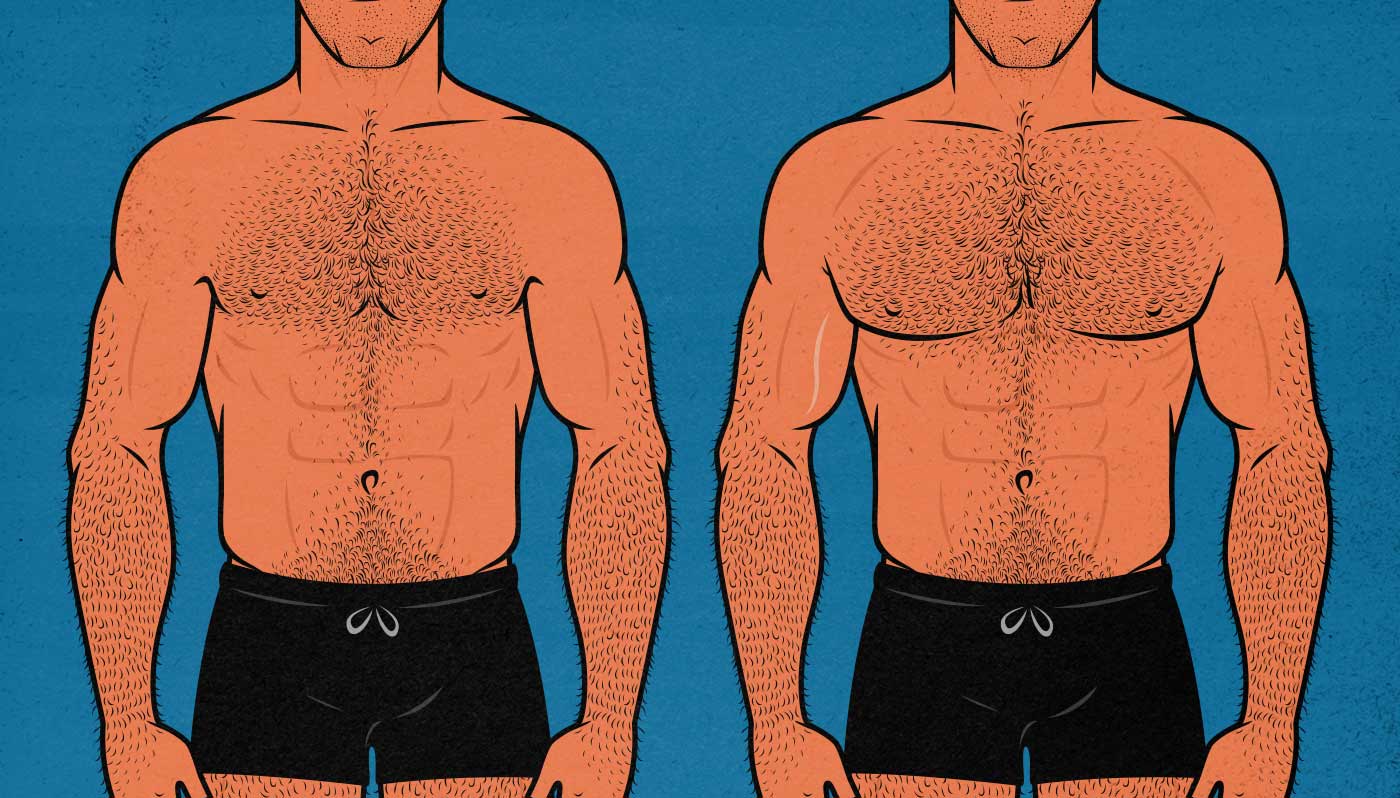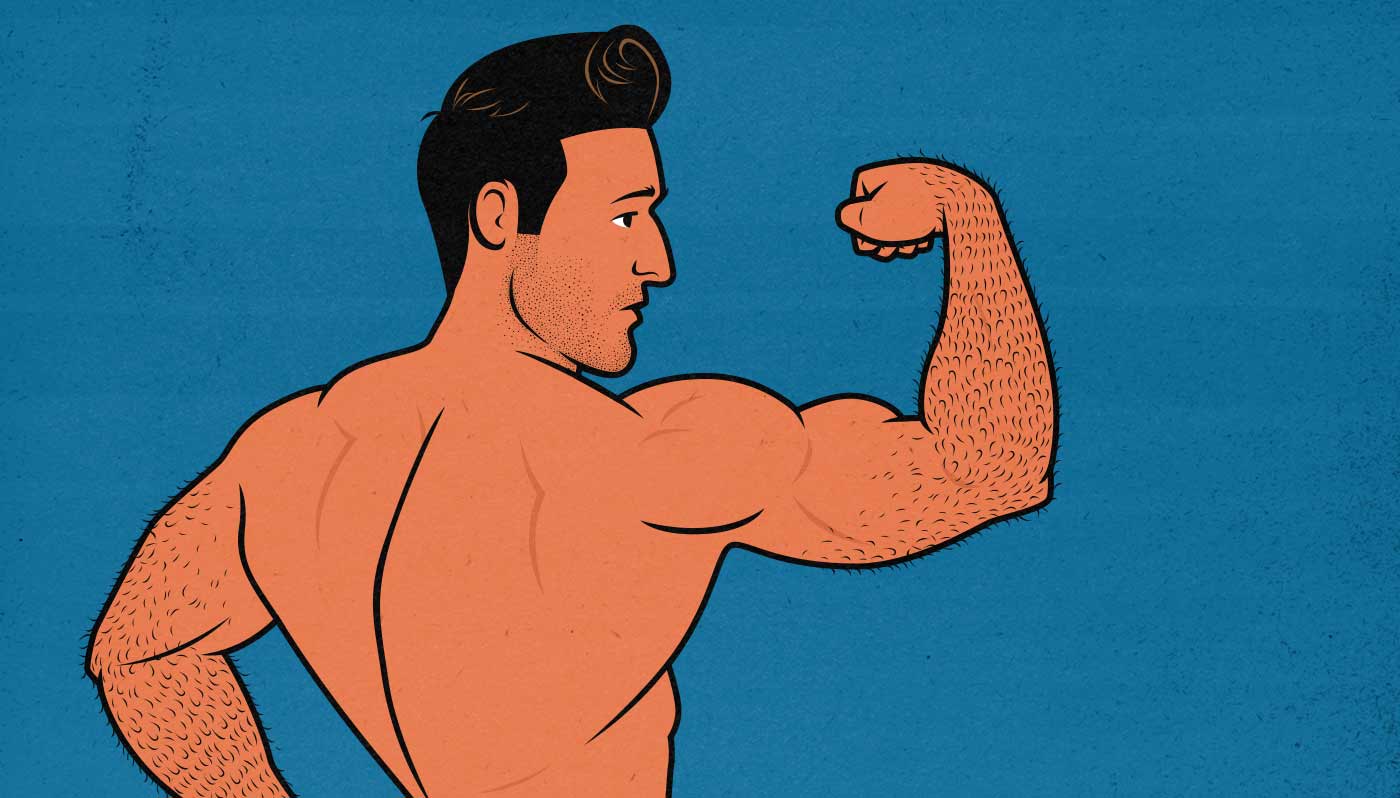Training
Maintenance Training Volume: How Many Sets to Maintain Muscle?
The other day, I wrote an article about Reverse Bulking, my favourite method for maintaining gains after bulking. The idea is to keep lifting weights, keep eating a good diet, and keep living a healthy lifestyle, but to start listening to your appetite again. Most naturally thin guys tend to eat less, lose weight, and reclaim any leanness lost while bulking—while maintaining their gains.
The idea of Reverse Bulking brings up a couple of questions. Perhaps the most important of those is how hard we should train to maintain our muscle size and strength. More specifically, how many hard sets do we need per muscle group?
Read MoreHow Long Should You Rest Between Sets to Build Muscle?
Rest times are often brushed aside. You’ll hear that they matter, sure, but that they aren’t one of the more important factors—that they’ll only have a negligible impact on your muscle growth. That’s not necessarily true.
If we look at the research, using proper rest times can double your muscle growth or, if you do it the wrong way around, cut your muscle growth in half.
But it’s not quite as simple as long or short rest times being better for building muscle. Thankfully, there’s more than one way to unskinny a cat.
Let’s dive into it.
Read MoreDoes the Mind-Muscle Connection Actually Increase Muscle Growth?
Most bodybuilders absolutely swear by the mind-muscle connection. They slow their reps down, really focusing on squeezing the target muscle, feeling it do the work. The idea is that the better their connection with the muscle is, the better they’ll be able to engage their muscle fibers, and so the more muscle growth they’ll be able to stimulate.
On the other hand, most people who train for strength and power couldn’t care less about the mind-muscle connection. Even when they’re trying to bulk up, they lift explosively to maximize performance. To them, tension doesn’t come from the mind, it comes from the weight on the bar and how fast they can move it.
The argument for the mind-muscle connection is anecdotal. It comes from bodybuilding culture. But if we look at all the biggest and strongest people in the world, the anecdotes and recommendations really go both ways. That makes things tricky. Should we listen to the bodybuilders or the strength athletes? Both?
Fortunately, there are two studies that help shed some light on the situation.
Read MoreLifting With Momentum is Good, Actually
Lifting with momentum has a bad reputation, especially among bodybuilders. The concern is that if you lift explosively, or if you cheat, or heave, or swing, then you’ll make some parts of the lift too easy on the muscles you’re trying to train. I disagree with that idea, but there is a small grain of truth there. Sometimes.
What’s rarely mentioned, though, is how if you use momentum wisely, it can help you gain more strength, athleticism, and even muscle mass.
Read MoreHow Fast Should You Lift & Lower Weights?
If you lift weights slowly, you can keep tension on your muscles for longer, but you won’t be able to lift as heavy.
If you lift weights with a normal tempo, you can lift more weight, but you won’t be keeping tension on your muscles for as long.
If you lift weights fast, you’ll engage more muscle mass and increase your performance, but you’ll also increase momentum, and it will be harder to maintain a strong mind-muscle connection.
So, how fast should you be lifting and lowering weights? And how should your lifting tempo change if you’re training for strength, athletic performance, or muscle size?
Read MoreHow Does Arching on the Bench Press Affect Muscle Growth?
Most people arch when they do the bench press, especially if they come from a strength training or powerlifting background. It shortens the range of motion and gives our shoulders better leverage, allowing us to push more weight. But what if you aren’t a powerlifter? What if you aren’t just trying to move more weight, you’re also trying to build more muscle? Should you be arching? Or does it turn the bench press into more of a decline press, biasing your lower chest, leaving your upper chest high and dry?
A new study by Cudlip and colleagues compared muscle activation when benching with a neutral spine versus benching with an arched back. It looked into back and triceps activation, as well as upper and lower chest activation.
So, what did they find? How does arching your back affect muscle growth when benching?
Read MoreThe Best Workout Splits for Gaining Muscle—Explained
A workout split refers to how you organize your exercises throughout the week. Should you do 2, 3, or 9 workouts? Should you stack all your chest exercises into one of those workouts, split them between two, or do a few sets every workout?
There are a few different workout splits, each of them good, but each with its own pros and cons:
- Body Part “Bro Split:” This split focuses on one body part per workout. Monday is Chest Day, Tuesday is Back Day, and so on. This type of split is incredibly popular with bodybuilders—and for good reason.
- Upper/Lower Split: This split severs your workouts into upper-body days and lower-body days. This split shifts more emphasis toward your lower body, making it great for gaining strength and athleticism. When Marco was helping professional and Olympic athletes bulk up, he had almost all of them on upper/lower splits.
- Push/Pull/Legs Split: This split organizes workouts by movement pattern. Pushing exercises work the triceps, chest, and shoulders. Pulling exercises target the back and biceps. Leg exercises focus on the entire lower body. It’s more logical than a Bro Split but also less clever and efficient.
- Full Body Split: You train your entire body every workout. It’s the most efficient way to train, allowing you to build a tremendous amount of muscle with just two or three workouts per week. I gained my first 50 pounds this way.
- Hybrid Splits: This split combines different ideas together. For example, maybe you add an upper/lower split to a push/pull/legs split, giving you a 5-day workout routine for gaining strength, athleticism, and muscle size. Or if your arms are lagging behind, you could add an Arm Day to your full-body routine.
Without further ado, let’s break all these splits down so you can find the one that’s best for you.
Read MoreThe Best Chest Exercises for Building Muscle
The three best chest exercises are the bench press, push-up, and dip. They work your pecs along with your front delts and triceps. That’s usually a good thing, but you need to make sure those other muscles aren’t taking over and hogging all the muscle growth.
One solution is to include some chest isolation exercises: the dumbbell fly, cable crossover, and pec deck machine. I recommend the dumbbell fly—I’ll explain why in a second—but they’re all great exercises.
You also need an exercise for your upper chest, such as an incline bench press. Every pressing exercise works your upper chest, but usually not hard enough to stimulate much muscle growth. It pays to include a lift that targets it directly.
Here’s how to combine all the best chest exercises into a proper chest workout.
Read MoreHow to Build a Bigger Chest (Even If It’s Lagging Behind)
The chest is one of the biggest and most powerful muscles in our bodies, but it’s also notoriously difficult to grow, and many people find that it lags. In fact, if you’re a naturally skinny guy with narrow shoulders or a shallow ribcage, building a bigger chest may seem downright impossible. I’ve been there.
There are three principles that reliably improve chest growth:
- Choose exercises where your chest is the limiting factor, ensuring that it gets most of the growth stimulus. And if your upper chest is lagging, the same rule applies: choose lifts where your upper chest is the limiting factor.
- Challenge your chest under a deep stretch, improving how much muscle growth you stimulate with every set. As we’ll cover below, this can double your rate of muscle growth.
- Make sure that you’re achieving progressive overload, getting stronger over time, gradually lifting more weight or doing more repetitions. This includes eating enough protein and calories to recover and grow from your workouts.
If you can get stronger at lifts that are limited by the strength of your chest, then your chest will grow. And if those lifts challenge your chest under a deep stretch, it will grow much faster.
So, which lifts are best at challenging our chests through a deep range of motion? And how can we make sure that our chests are the limiting factor? Let’s dive in.
Dive InForearm Training: How to Build Bigger Forearms
When you first start lifting weights, it’s a good idea to focus most of your energy on the big compound lifts. Your workouts start with lifts like the squat, bench press, deadlift, chin-up, and row. These are the biggest lifts that build the most overall muscle mass. After that, we add in some isolation lifts. Curls for our biceps, extensions for our triceps, lateral raises for our shoulders, and maybe some exercises for our abs. These train the muscles that aren’t properly stimulated by the big compound lifts.
As you gain weight, build muscle, and get stronger at these lifts, you’ll probably notice that your grip is getting stronger, and your forearms are getting bigger. This is because the rows are training your elbow flexors, the biceps curls are training your wrist flexors, and the lateral raises are training your wrist extensors. They aren’t the main muscles being worked, but since we’re new to lifting weights, they grow.
The thing is, as you continue getting bigger and stronger, you’ll probably notice that your forearms stop growing. That’s because your forearm muscles have gotten both stronger and tougher, and these compound lifts aren’t challenging them enough to provoke any growth.
So how do we get bigger forearms? We train them directly. Here’s how.
Read More
